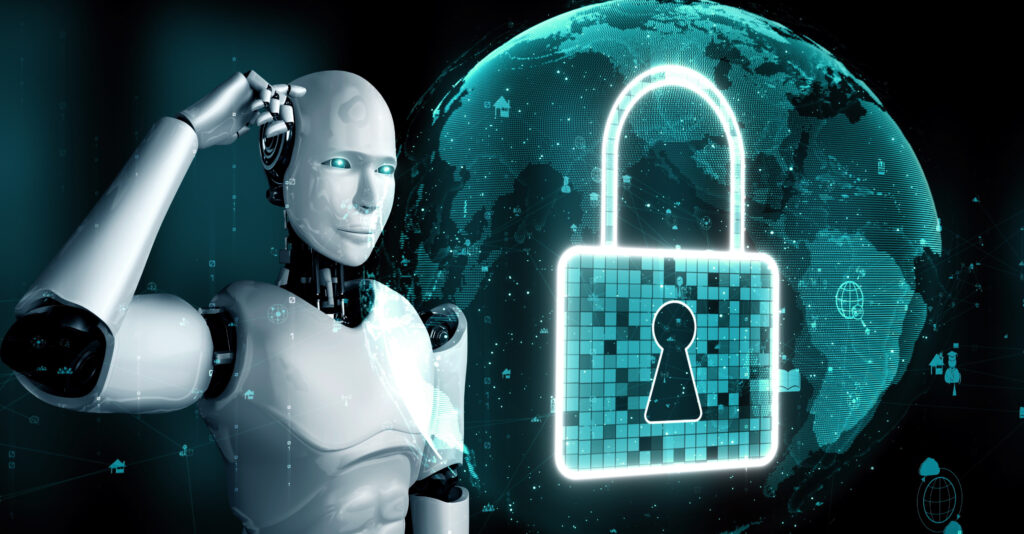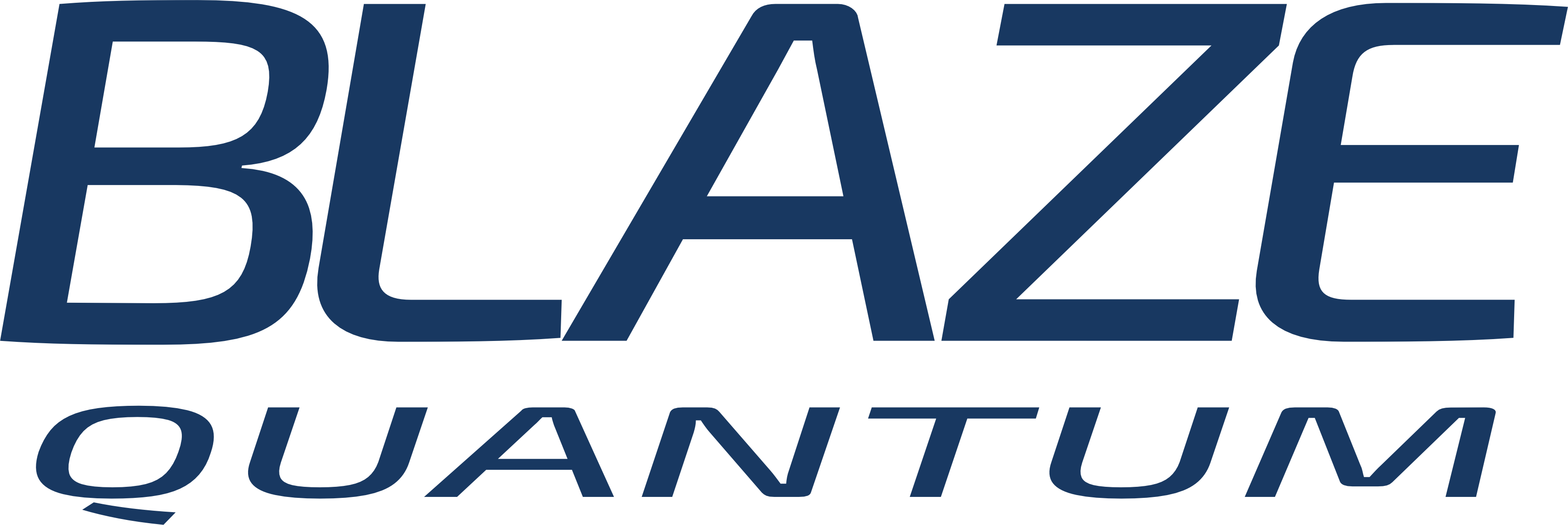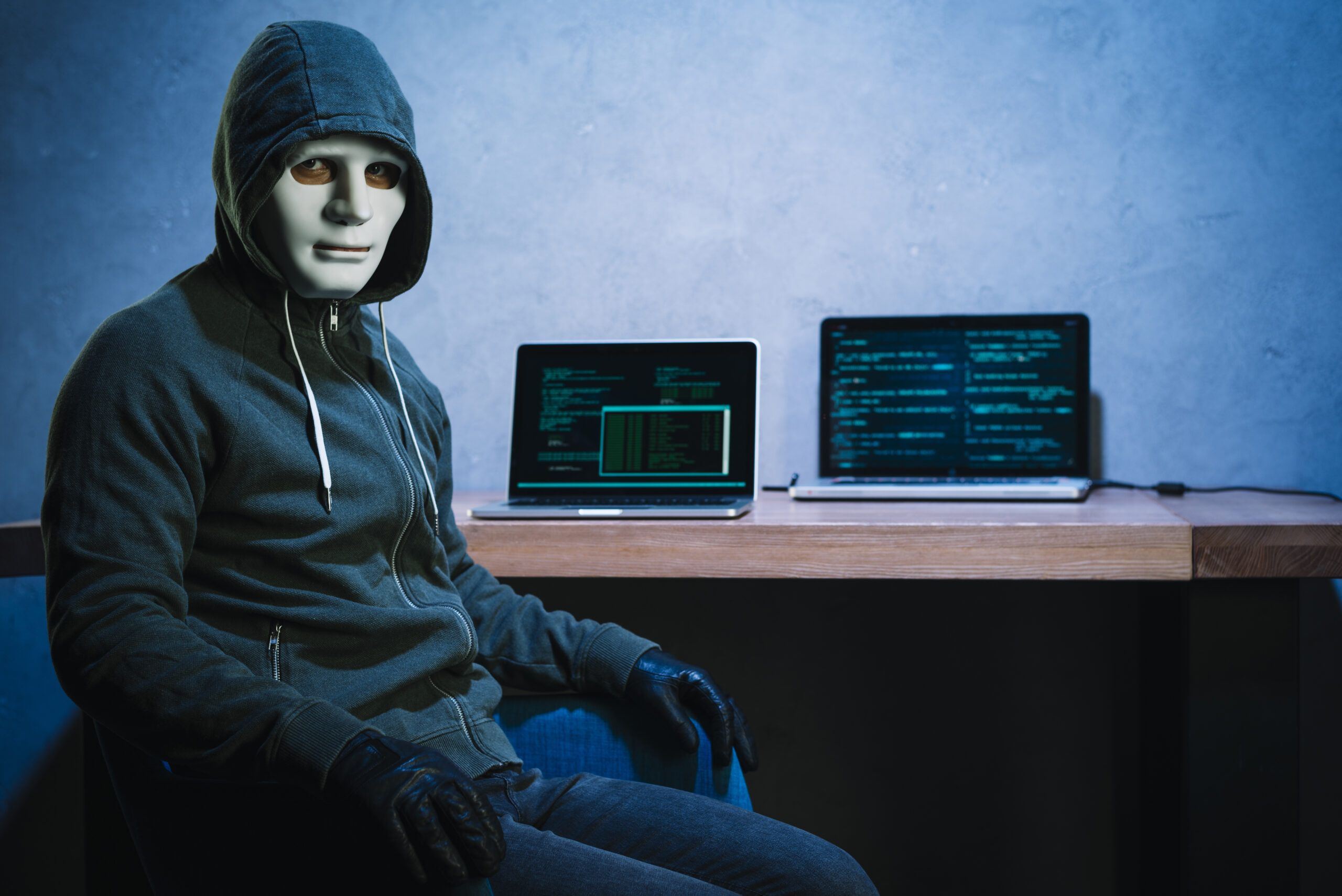Influence of Hollywood on Our Understanding of Data Encryption
While often wrapped in an aura of high drama and intrigue, the Hollywood depiction of data encryption often obscures the reality of this complex field. A wealth of hacking montages and the ubiquitous trope of instantaneous decryption tend to paint a picture far removed from the intricate, painstaking nature of cybersecurity. Yet, this glamorized version of encryption and hacking serves a crucial function in popular culture. It draws audiences into the mysterious world of code-breaking and cryptanalysis, stoking intrigue and fascination while raising awareness about the importance of securing digital information.
Nevertheless, the Hollywood version is, at best, a dramatic oversimplification of how encryption and decryption work. True encryption is a process that is both intricate and time-consuming, involving the use of advanced algorithms to convert plain data into a coded format that can only be decoded with the right key. Decryption, on the other hand, is not an immediate action that can be performed with a couple of keystrokes. It’s a complex process that requires significant time, skill, and computational power.
The cinematic world’s depiction of data encryption can lead to skewed perceptions about the feasibility of cracking codes and the ease of data breaches. While films often show hackers decrypting data in real time as they effortlessly bypass firewalls and outsmart advanced security systems, the reality is far different. Hacking into encrypted data is not a child’s play; it demands a profound understanding of cryptographic techniques, access to powerful hardware, and often, exploiting human errors or system vulnerabilities, which can take weeks or even months to find.
Despite these inaccuracies, Hollywood’s portrayal of data encryption has played a part in mainstreaming the concepts of data security and privacy. Its influence has led to a heightened interest and growing concern about personal and organizational data security. While it may present an over-dramatized version of events, it has nonetheless sparked conversations about the importance of robust cybersecurity measures and digital hygiene practices.
In essence, while Hollywood’s representation of data encryption is far from accurate, its influence has played a significant role in our understanding and appreciation of the importance of data security in our increasingly digital world. However, we must understand the gap between the dramatic interpretations we see on screen and the reality of data encryption to have a clear perception of the fundamental challenges that exist in the world of cybersecurity.
Common Tropes in Movie Portrayals of File Share Encryption
In the cinematic universe, encryption often serves as a barrier that the protagonist must overcome to save the day. Whether it’s a bank heist or stopping a nuclear launch, there’s always a ‘golden key’ that can instantly break the most complex encryption. Throw in dramatic countdowns and tension-filled keystrokes, you have the perfect blend of suspense and drama!
Decoding Hollywood: Movie Examples and Their Inaccuracies

While undoubtedly exciting, these Hollywood depictions dramatically misrepresent the painstaking and time-intensive nature of genuine cryptographic work. The scene from “Swordfish” is a prime example of this embellishment. To put things into perspective, 128-bit encryption generates 340,282,366,920,938,463,463,374,607,431,768,211,456 possible keys. In reality, even with a supercomputer processing a billion-billion (1 followed by 18 zeroes) calculations per second, cracking this encryption would take more than a billion years, drastically longer than the universe’s age!
Similarly, “Skyfall” provides another quintessential Hollywood misstep. Q’s decision to connect an infected system to MI6’s network, in an attempt to trace the villain’s location, is fundamentally flawed. In the real world, such a move would be a cybersecurity nightmare, potentially opening up security systems to a host of attacks from the infiltrating malware. Reckless maneuvers like this in actual cybersecurity settings would likely result in catastrophic breaches of security, leading to devastating consequences.
Moreover, movies such as “Hackers” and “The Net” have introduced audiences to a world where every virus is visual, every hacker is a genius, and every system can be infiltrated with a few keystrokes. The reality, however, is far less glamorous. Cybersecurity work often involves writing and reviewing lines of code, running numerous tests, and taking preventative measures to protect from potential threats. Rarely is it about neon-lit rooms, real-time holographic interfaces, or spectacular visual effects representing a cyber attack.
BLAZE Transfer: A Real-World Example of Quantum-Safe File Transfer
BLAZE Transfer exemplifies the cutting-edge technology being developed in the sphere of cybersecurity, leveraging the principles of quantum computing to deliver unmatched security in data transmission. Quantum-safe encryption, unlike the often oversimplified or overstated versions portrayed on screen, is a sophisticated technology built on the principles of quantum mechanics. This technology promises to keep our digital information secure, even against future threats posed by quantum computing capabilities.
The platform’s interface may lack the theatricality of Hollywood renditions, but it carries a quiet elegance that speaks volumes about its purpose – absolute security and reliability. The user-friendly design offers an intuitive experience, making the process of securely transferring files as simple as possible, yet behind its seemingly simple facade lies a complex system of advanced algorithms and encryption techniques.
BLAZE Transfer’s end-to-end encryption ensures that files are converted into a code at the source, or ‘end’, and only deciphered when they reach their intended destination or the other ‘end’. This means that even if the data were intercepted during the transfer, it would be virtually impossible to decode without the specific decryption key. This is a world apart from the easily cracked codes and bypassed security systems frequently portrayed in films.
Moreover, the service’s scalability and versatility underline its practical application. Whether you are an individual safeguarding personal data or a corporation transferring sensitive information, BLAZE Transfer provides a high level of security without compromising on speed or efficiency. It represents a significant stride in the continuous effort to stay one step ahead in the ongoing arms race of cybersecurity.
Future of Data Encryption and Transfer

While the future of data encryption and transfer as depicted by Hollywood might seem filled with eye-catching graphics, neon-lit interfaces, and instant hacks, the reality is bound to be different yet equally fascinating. The actual future may not bring us the cinematic allure of zero-gravity data centers or biometric encryption that can be deciphered with a mere glance, but it holds promises that are truly groundbreaking.
The forthcoming innovations are likely to revolve around quantum encryption, machine learning, and artificial intelligence. For instance, the implementation of quantum key distribution (QKD) in secure data transfer promises an unbreakable encryption scheme, which will drastically enhance the security of transmitted data. Machine learning and AI, on the other hand, will likely be used to identify and respond to potential threats faster than ever before, automating parts of the cybersecurity process and freeing up human resources for more complex tasks.
These advancements may not match Hollywood’s visual spectacle, but their impact on our digital security and privacy is set to be monumental. They will fundamentally transform the way we protect, store, and share information, bolstering our defenses in an increasingly digital and interconnected world.
Conclusion
Hollywood’s dramatic and often unrealistic depiction of data encryption and transfer certainly adds an element of intrigue and entertainment to our movie-going experiences. However, it’s important that we maintain a clear distinction between these dramatized portrayals and the real-world complexities of cybersecurity.
Platforms like BLAZE Transfer exemplify the ongoing advancements in the field, pioneering the use of quantum-safe encryption to protect our digital data. The actual future of cybersecurity is grounded in these robust and innovative technologies, a future where the safety of our information is not easily compromised by a few flashy keystrokes. It’s a future that may not be as visually glamorous as Hollywood suggests, but it is every bit as critical and compelling.
So, as we enjoy the silver screen’s artistic liberties and dramatic interpretations, let’s also raise a toast to the unsung heroes of the real world. To the cybersecurity professionals, cryptographers, and software engineers who work tirelessly behind the scenes to ensure our digital world remains safe and secure. Their work may not always make it to the big screen, but it’s their innovations and dedication that keep our digital lives running smoothly. In the end, the reality of data encryption and transfer may be far more intriguing than fiction, filled with unending challenges, persistent evolution, and the continuous pursuit of unbreachable security.




